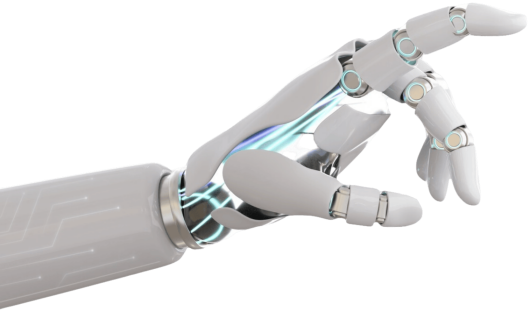
We can define the probability that an insured person adopts measures for preventing accidents and p, the probability of the same type of accident taking place. Similarly we can define the Pm as the probability that an accident occurs by the measures imposed by the insurer and the dual probability Pm/a which means the probability that an insurer adopts measures for prevention of the accidents conditioned by the event of producing an accident. From such reasoning there results a link between these probabilities. Another important relation can be obtained from the condition of an equilibrium or the expenses of the insurer- the compensations and the whole sum paid by the insured person. The similarities between an insurance system and a prey - predator system are shown. To determine the elements of a conditional probability matrix, the method of open rectangles is used. Some heuristic rules, which apply to an insurance system are stated. Based on these rules a simulation of the learning process of the insurance system may be thought of. To solve the problem of disasters the insurance of the insurer is suggested.
insurance, risk, random variable, square mean deviation, conditional probability, prey-predator system, heuristic rules, learning process, coefficient of verisimilitude, problem of disaster.